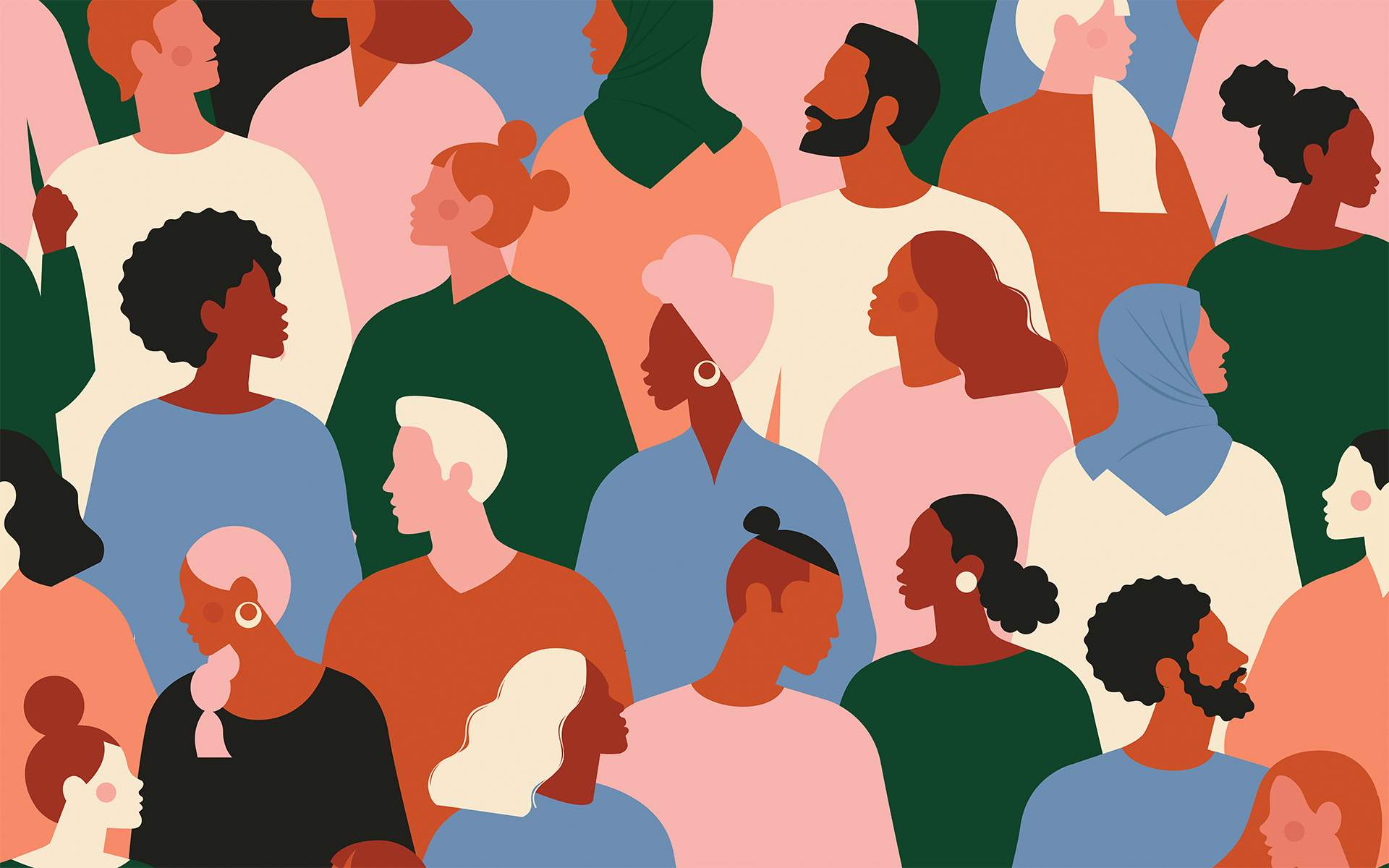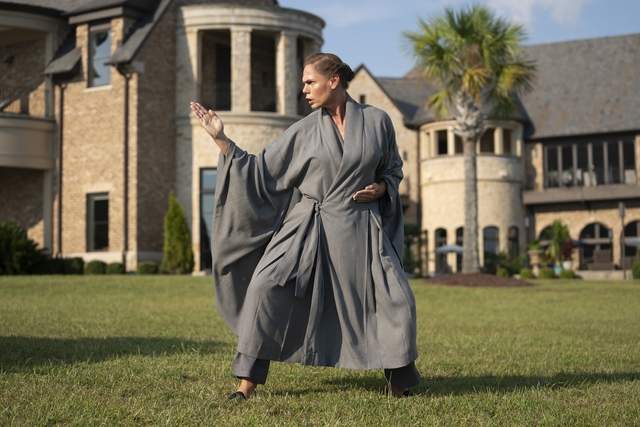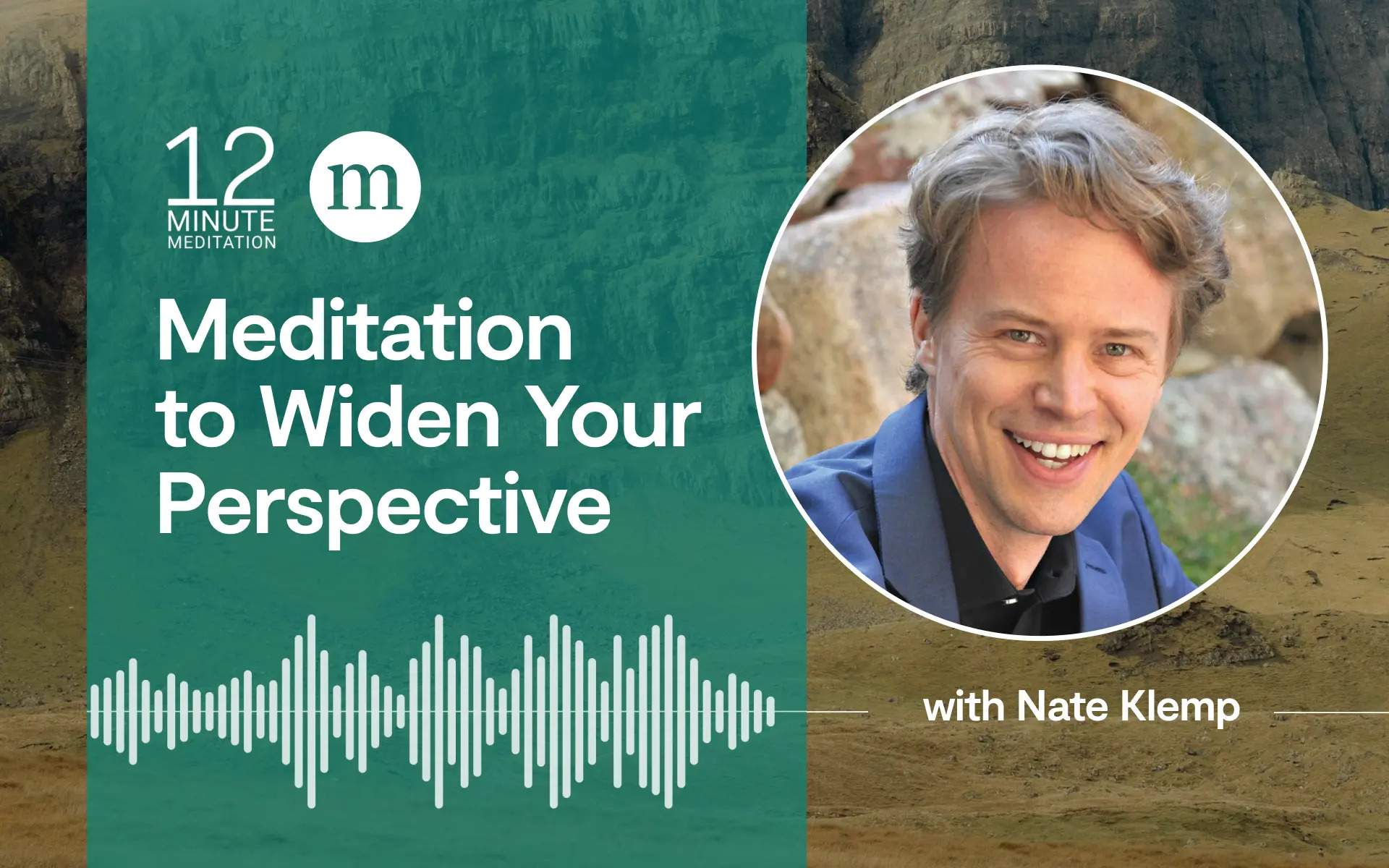We are collectively facing a moment where people are hearing the call from Black communities and rising to action. We need to work for change on every level—supporting individual change, social change, and policy change—in order to fully acknowledge and end racism.
This rich conversation between professor Ibram X. Kendi, the New York Times bestselling author of How to Be an Antiracist (as well as the upcoming Antiracist Baby) and the Director of the Antiracist Research and Policy Center at American University, together with research professor, author, and podcast host Brené Brown offers us clear and heart-opening lessons to integrate into our anti-racist toolbox. Read a few highlights here, and be sure to listen to their full interview.
Four Lessons on Anti-Racism from Brené Brown and Ibram X. Kendi
1. Our identity is changing from moment to moment
Nobody, regardless of race, says Kendi, is simply racist or anti-racist in a static way. “What we say and do about race in each moment determines what, not who, we are.” It isn’t helpful to fall into essentialist categories around race, says Kendi, because we all have the ability to change our behavior as we gain awareness—and we have the ability to admit when we’ve made mistakes: “Essentially, to be anti-racist is to admit when we’re being racist.”
“What we say and do about race in each moment determines what, not who, we are.” It isn’t helpful to fall into essentialist categories around race, says Kendi.
2. The opposite of racist isn’t non-racist, but anti-racist
“Once you understand what a racist idea and a racist policy is,” says Dr. Kendi, “you begin to realize there’s a fundamental contrast to that, and that contrast is not some sort of neutrality.”
For example, between ideas of racial hierarchy and its opposite, racial equality, there is no grey area in the middle where we can say our actions are neither racist nor anti-racist. Similarly, there’s no neutral ground between justice and injustice. To say there is a middle ground, you’re “creating this category for yourself” in order to dodge responsibility for what we have said or done, says Kendi.
3. The root of racism is self-interest
The history of slavery and continuing racism serves a purpose for those in positions of power. “There’s a specific reason why you had so many powerful Americans trying to convince white Americans that Black people were inferior,” says Kendi. “It was out of their own self-interest.” However, even when most white people do not intentionally benefit from inequality, it’s normal to have a self-defensive reaction to being called racist. Brené summarizes: “I think there are people who don’t want to be in the racist category, because there’s so much shame attached to that.”
4. Shame does not lead to social justice
Holding ourselves and others accountable for racist actions is critical, but feeling shame for having acted in racist ways is not helpful—and here’s the difference between the two. Kendi uses a powerful analogy to explain why we need not bring shame to the effort of dealing with our own racist conditioning. In America, says Kendi, it’s as though racist ideas are constantly rained on your head: “You have no umbrella, and you don’t even know that you’re wet with those racist ideas,” because the ideas themselves lead you to believe that you’re dry. “Then someone comes along and says, ‘You know what, you’re wet, and these ideas are still raining on your head. Here’s an umbrella.’ You can be like, ‘Thank you! I didn’t even realize I was drenched.’”
We all need to cultivate the ability to have honest conversations, accept that we will make mistakes along our anti-racist path, and to commit with love to walking this path anyway. To do this, we need to practice listening and understanding deeply. When we find ourselves able to step into a role of genuine vulnerability, in this moment, we can see more clearly where racism and injustice stem from. Holding this awareness, we can begin to walk the long path of change with presence, compassion, and courage.
Listen to the full episode of Unlocking Us Brené with Ibram X. Kendi on How to Be an Antiracist








